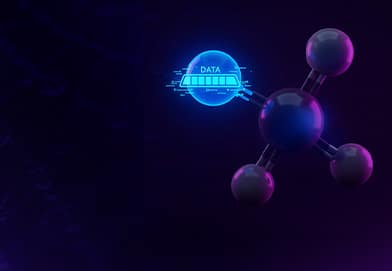Data Analytics is the science of analyzing raw data and the process of inspecting, cleansing, transforming, and modeling that data in order to draw conclusions from it. Techniques used for data analytics can reveal trends and metrics that otherwise would be lost in the mass of data. The goal is to discover useful information for informing and supporting decision making. In today’s business world data analytics is helping businesses operate more effectively.
Types of Data Analytics
Descriptive Analytics
In simplified terms – looking at what has happened in the past. Its purpose is to describe what has happened and its goal is to make the information digestible and usable. Descriptive analytics is a view of data related things like how many visitors have visited a website, what social media posts have garnered the most attention, what blog tools have been most successful, how people opened a particular email … and the list goes on.
Diagnostic Analytics
The “why” behind something happened. Diagnostic Analytics main purpose is to identify and respond to anomalies in your data. For example, there’s a drop in monthly sales in a peak season – you want to know why and what contributed to it. Diagnostics aren’t only for the negatives though! It can also help you identify what is positively contributing to sales. How well things like ads could be working, or influencer marketing, or other things you’re implementing that are making impact.
Predictive Analytics
Like its name – predictive analytics is helping to predict the future. Based on past patterns and trends in data, predictive analytics can help you estimate the likelihood of future events and outcomes. Which can be especially useful for a business looking forward and planning ahead. This can be especially useful for seasonal variables – predicting customer value, or a myriad of other things.
Prescriptive Analytics
What has happened, why it happened, and what might happen next in order to determine what should be next. This helps to determine what next steps can be taken to take advantage of future outcomes that have been predicted. Prescriptive Analytics can help with steps to avoid future problems or capitalize on trends.
The most complex type of Analytics – this involves algorithms, machine learning, statistical methods, and computational modeling procedures, to consider all possible outcomes and pathways a company could take.
Data Visualization
Data visualization is a graphical representation of data using visual aides such as graphs, charts, and maps to provide a streamlined approach to visualize and understand patterns and trends in data. Part of data Analytics is the visual representation of the data. This tells the story of your data. Visualizations of data can make the information easier for the human brain to understand. It is the most efficient way to showcase data for the purposes of management teams who need to be able to quickly identify things like patterns, representations, and other insights from the data. Instead of digging through a pile of analytics to find critical information – data visualization helps expedite the process and help you find the conclusions you need to make business decisions.
Our Data Visualization team consists of business analysts who have a clear understanding of business metrics and tools like Tableau to deliver the data graphic representations critical to you. We are data visualization experts at information graphics and scientific visualization, exploratory data Analytics, and statistical graphing and are aware of the importance of data visualization and we treat data visuals as one-part science and one part art.
We work to make large sets of data coherent and applicable to your business. With the accomplishment of the goal you will have the right data at the right time to make business decisions that affect your bottom-line revenue.
At Data Sleek, we believe that good data visualization is where communication, data science, and design intersect.







